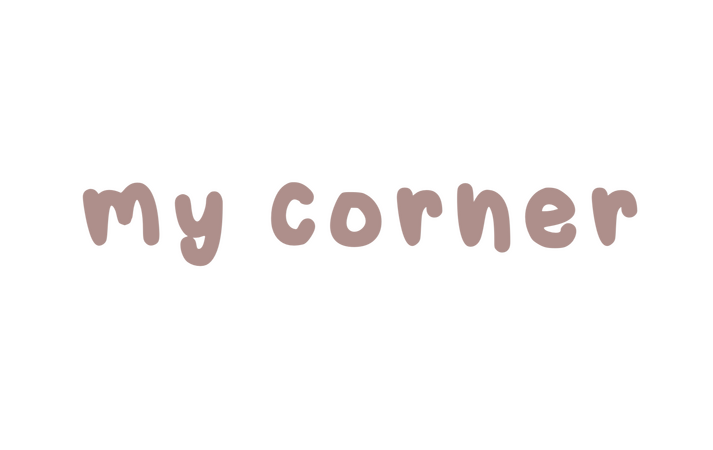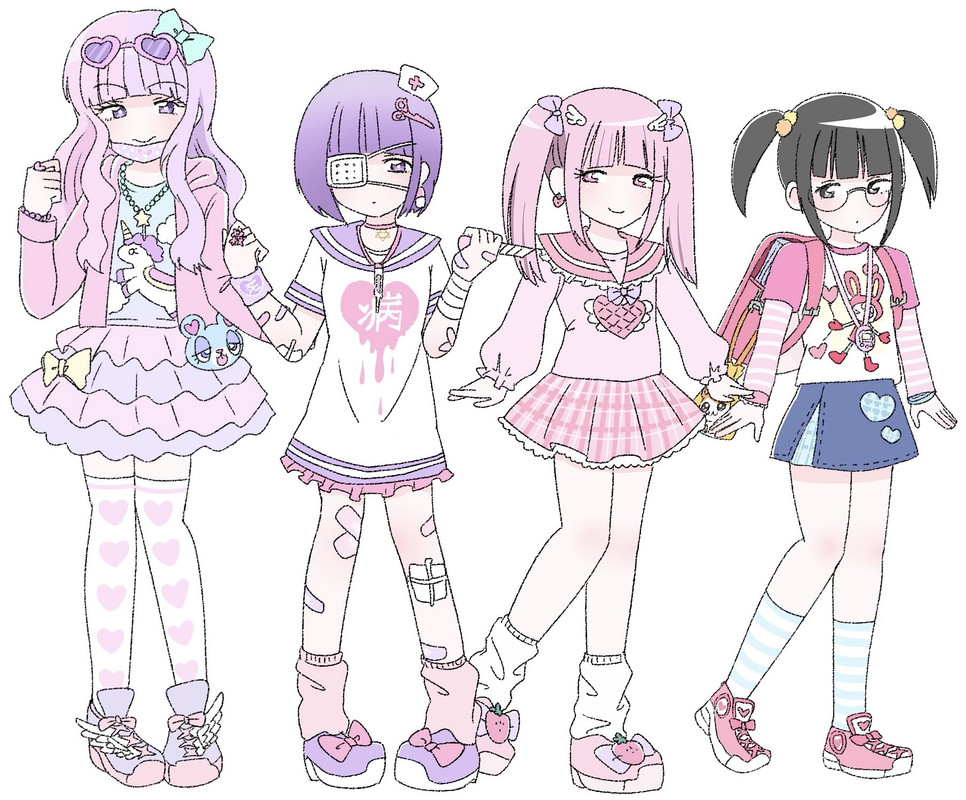
jfashion shrine !
my story with jfashion
i have been interested in jfashion since 2020 ! my style is heavily inspired by subcultures like yume kawaii, mahou kei, larme kei, fairy kei and jojifuku but i don't wear a lot of japanese brands (other than sanrio) as its harder to find where i live and my size isn't always included
fairy kei
fairy kei is a jfashion subculture based on 80s childrens popculture with a pastel twist. the fashion is centred around petticoats, 80s cartoon merchendise, unicorns, fluffy cardigans, moons and stars, rainbows, legwarmers and sweets.
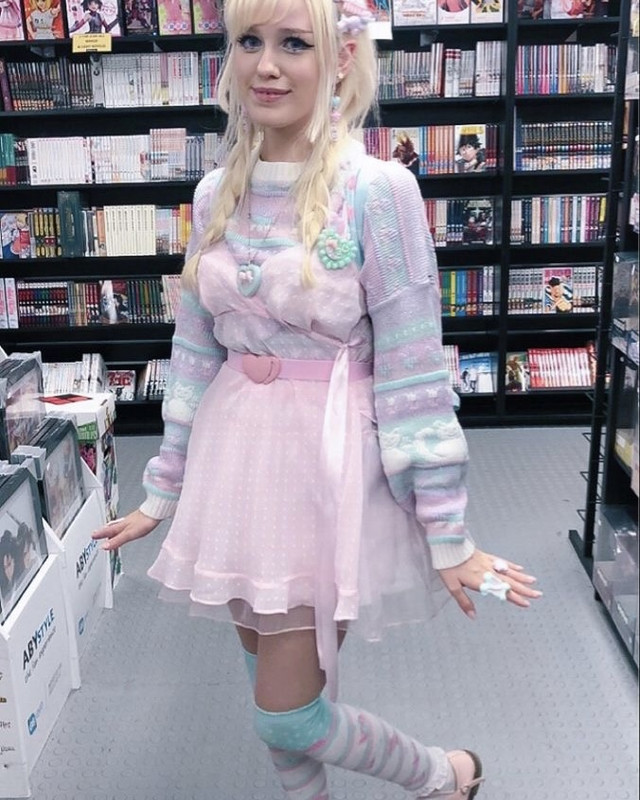
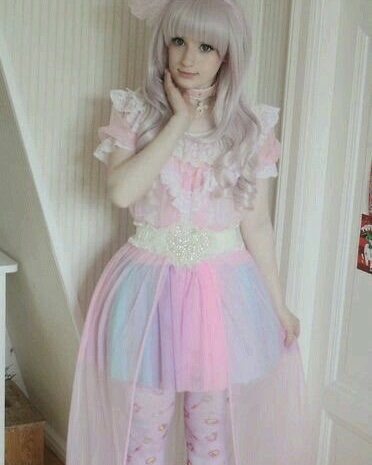
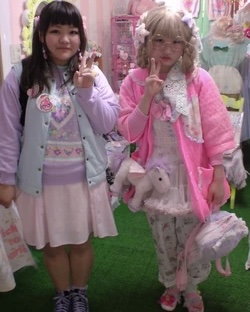

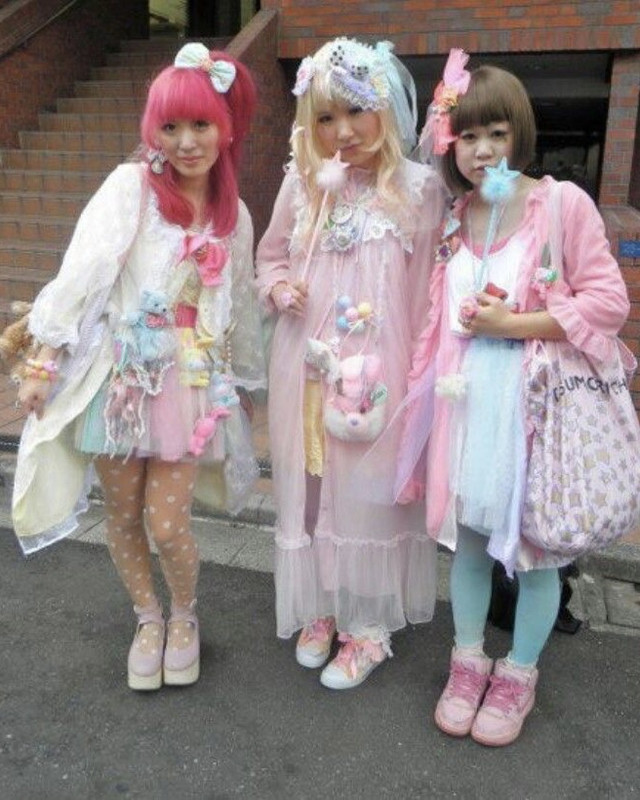


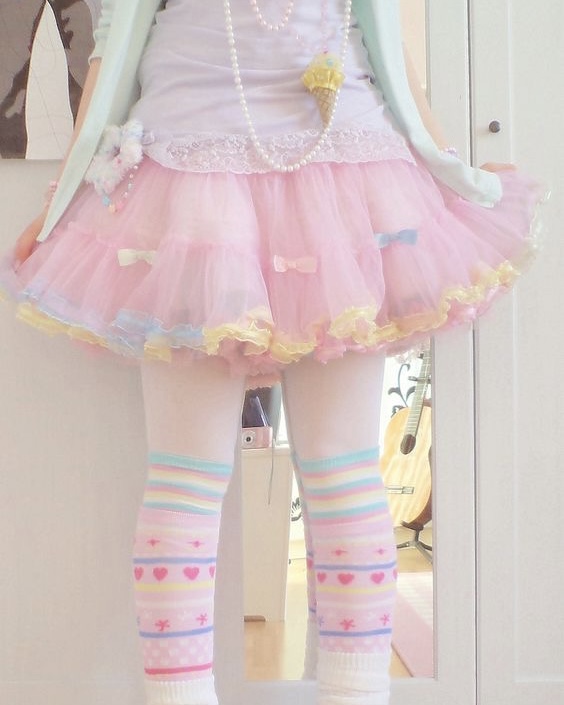
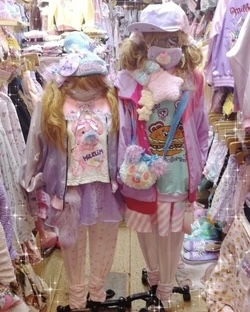
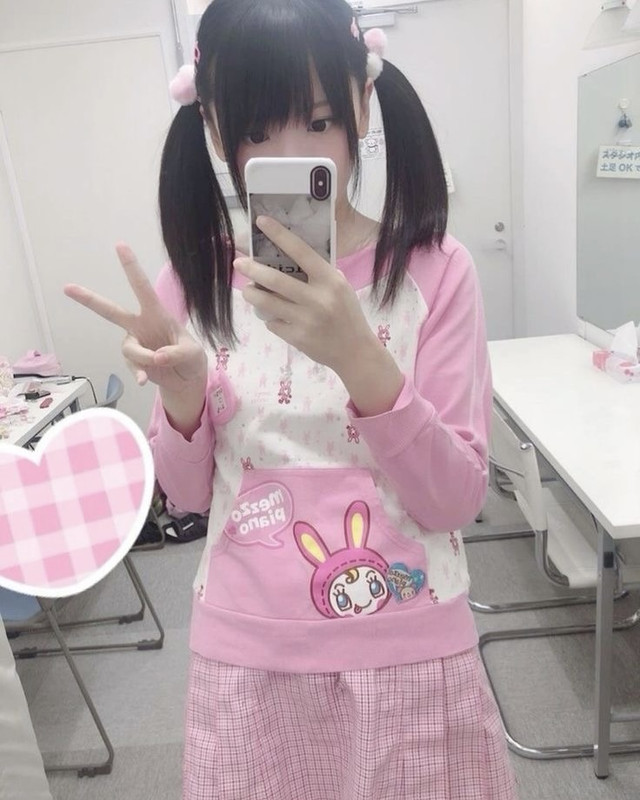
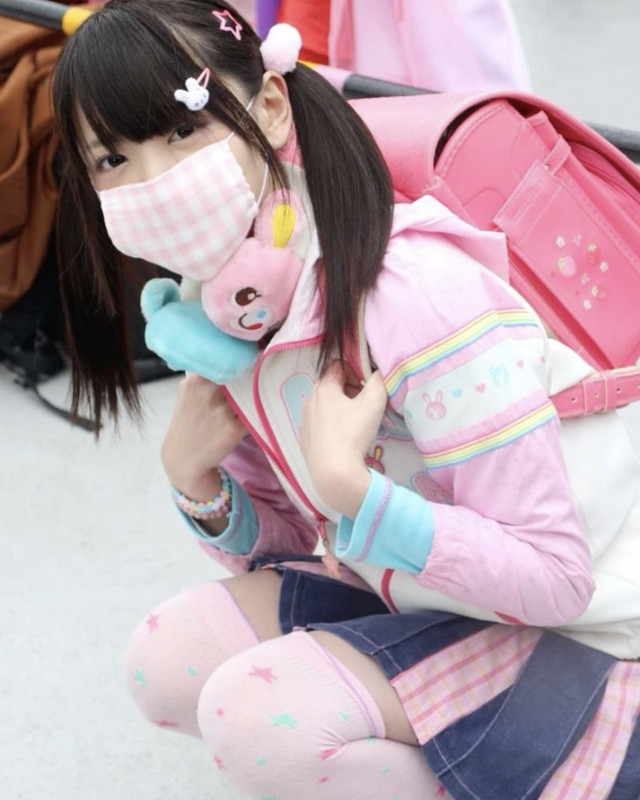
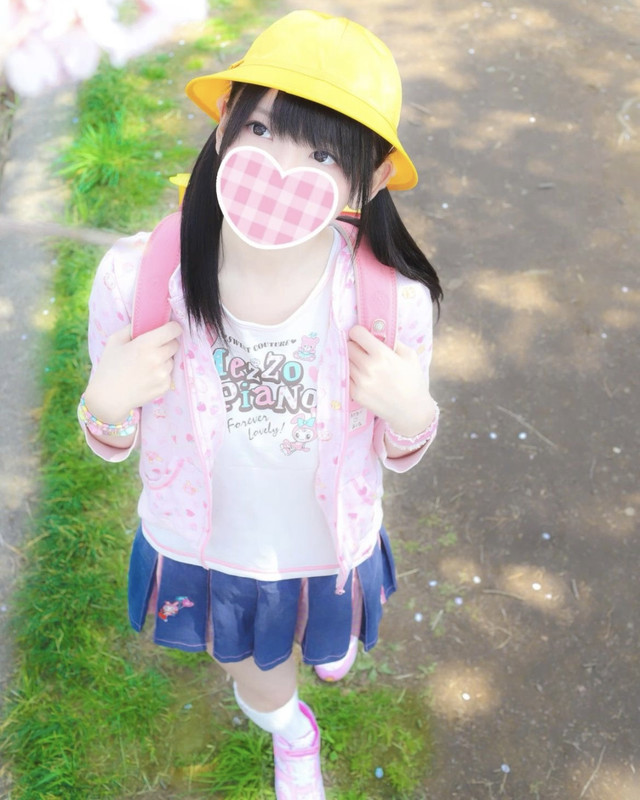
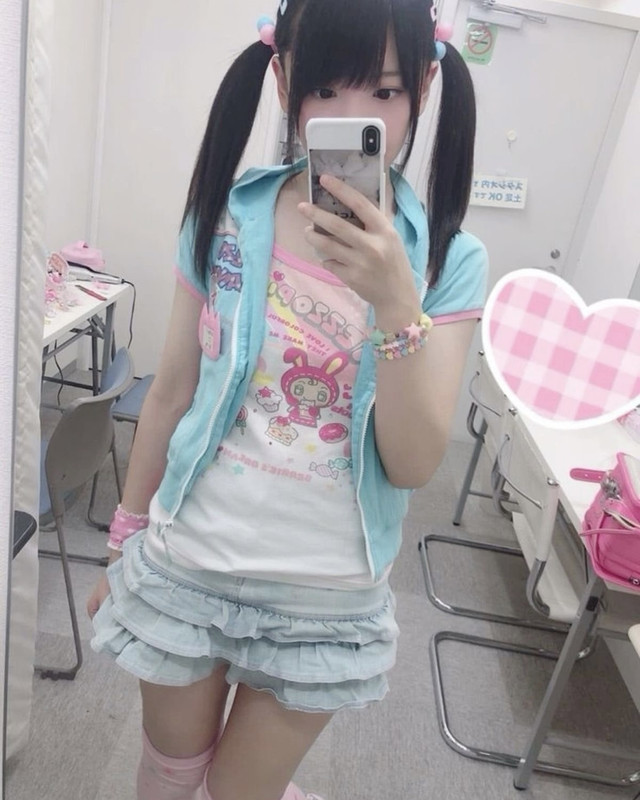
|
yami kawaii
yami kawaii is a subculture that mixes cute things with sickly things. yami in japanese means both sick and dark. mental illness is very stigmatised in japan, so mixing it with cuteness is what makes yami kawaii interesting to some people. the style is much like kawaii fashion, but with additional themes like pills, guns, knifes and other disturbing things that makes it no longer simply kawaii, but yami kawaii.
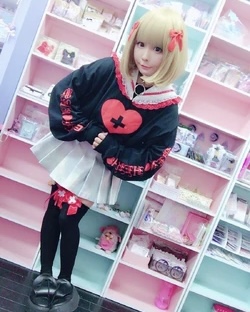
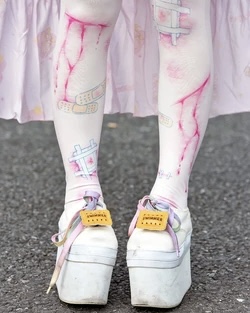

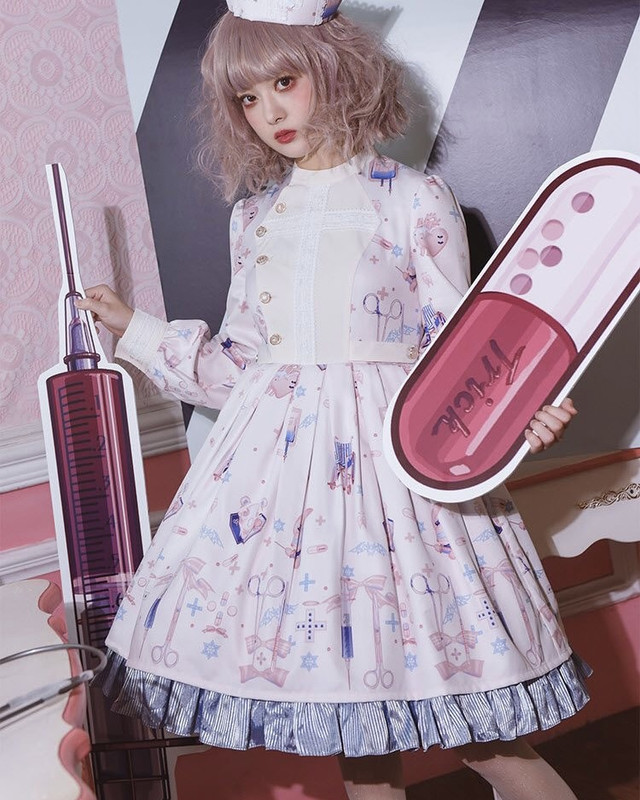

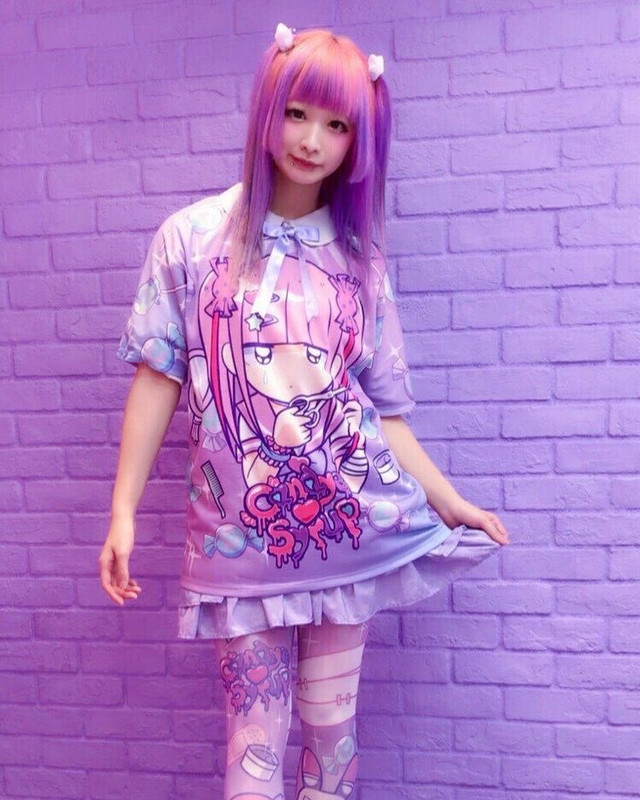

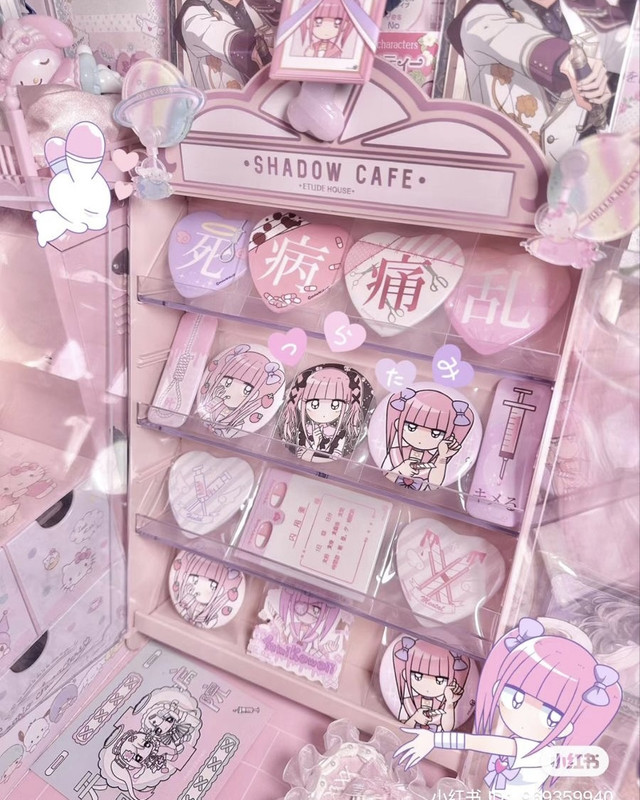
|
yume kawaii
yume kawaii is a pastel, dreamy, fantasy-like fashion. the word yume kawaii is a portmanteau of the japanese words for dream and cute. prints like polka dots, florals, stars and clouds are also popular in the style, but they are used a lot more sparingly than in fairy kei or decora. the difference between yume kawaii and fairy kei is yume kawaii includes fluffy themes like ribbons, frills, feathers, while fairy kei is more retro.
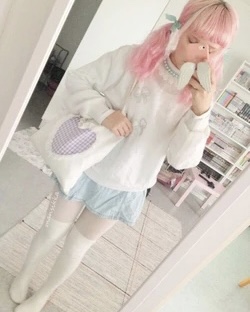
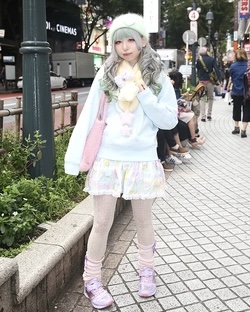
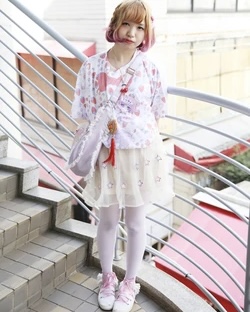

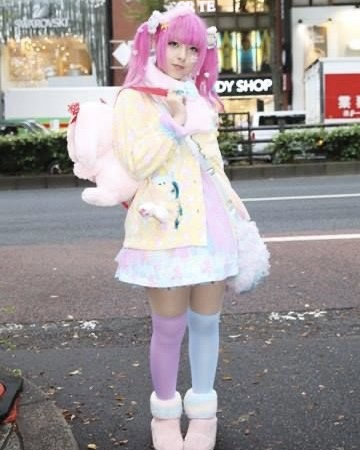
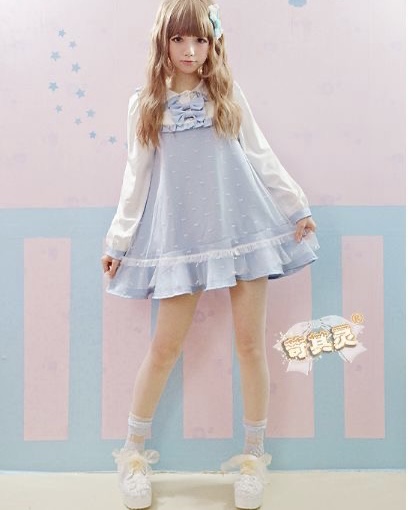
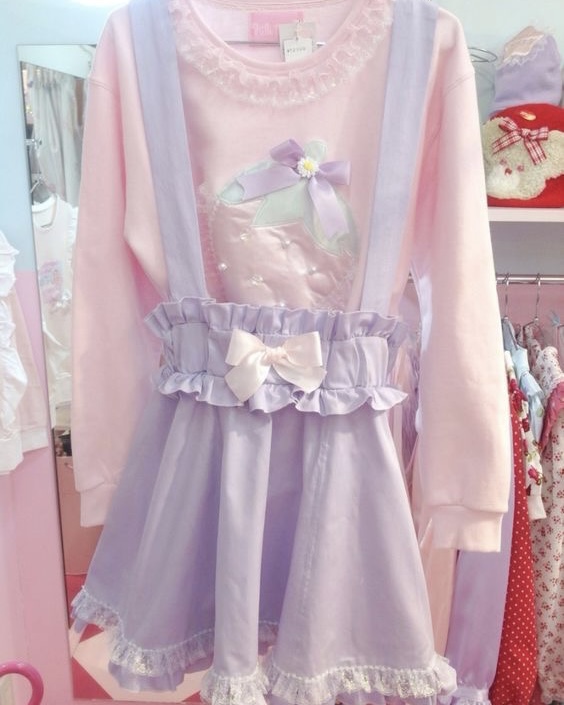
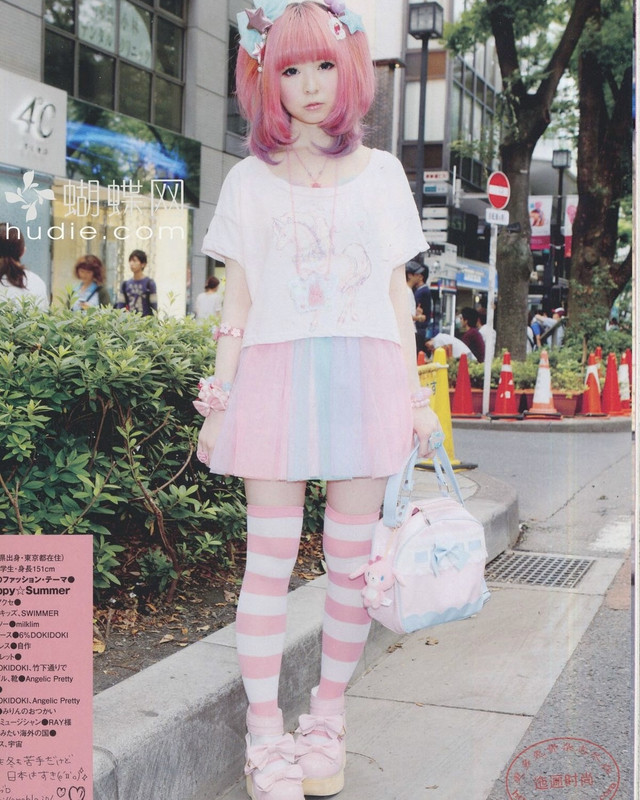
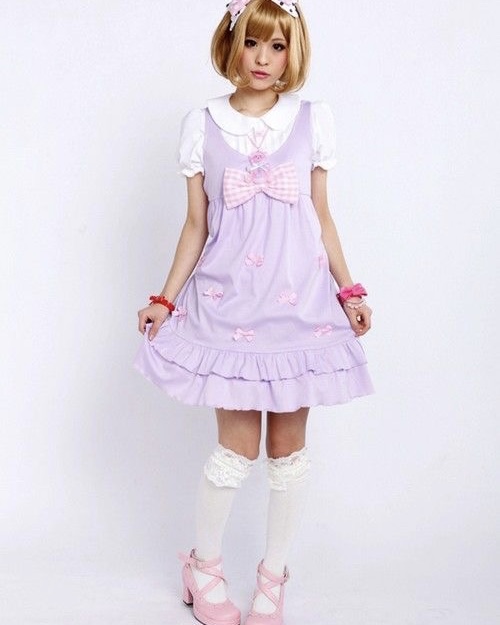
|
jojifuku
jojifuku translates to "girls clothes". the style revolves around adults wearing nostalgic children's clothing brands like mezzo piano and angel blue. it is controversial as the style has been used for nsfw photos however the style isn't inherently nsfw and not everyone who wears it wears it for that purpose.
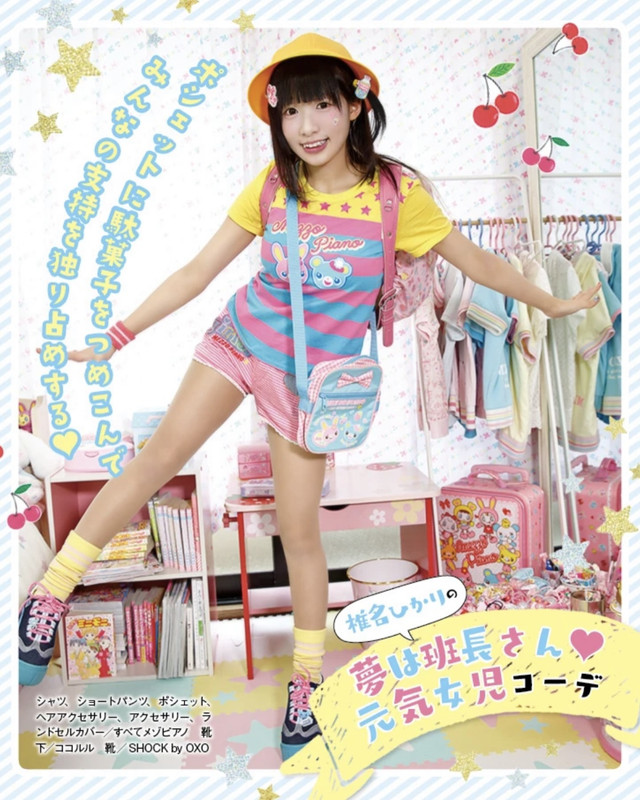
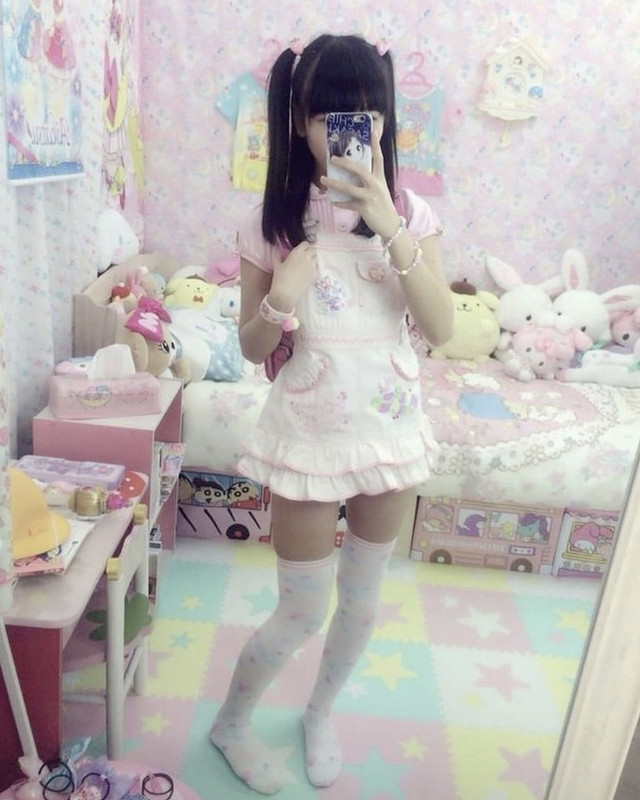
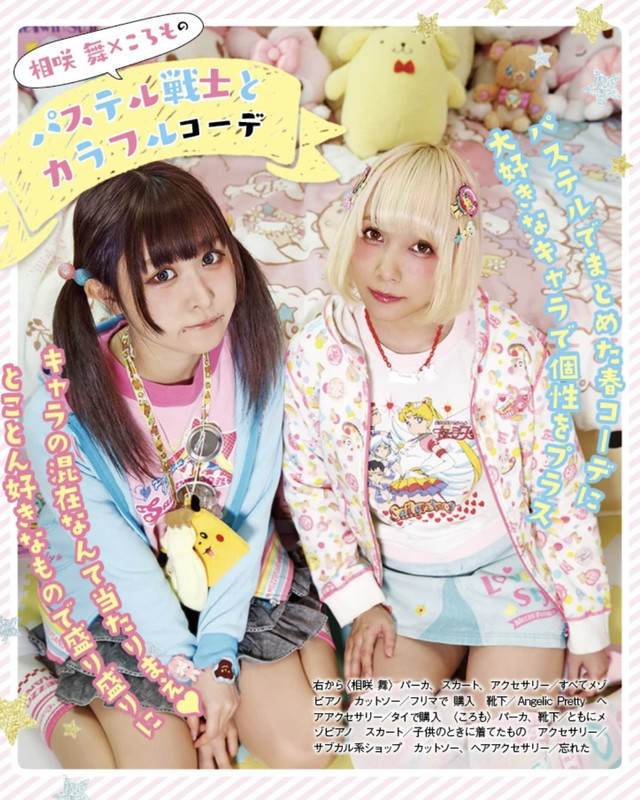
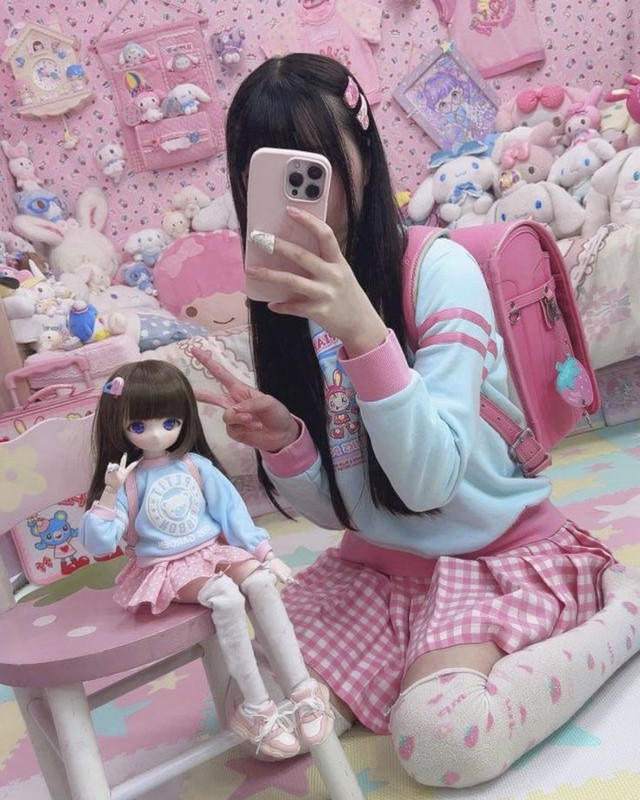
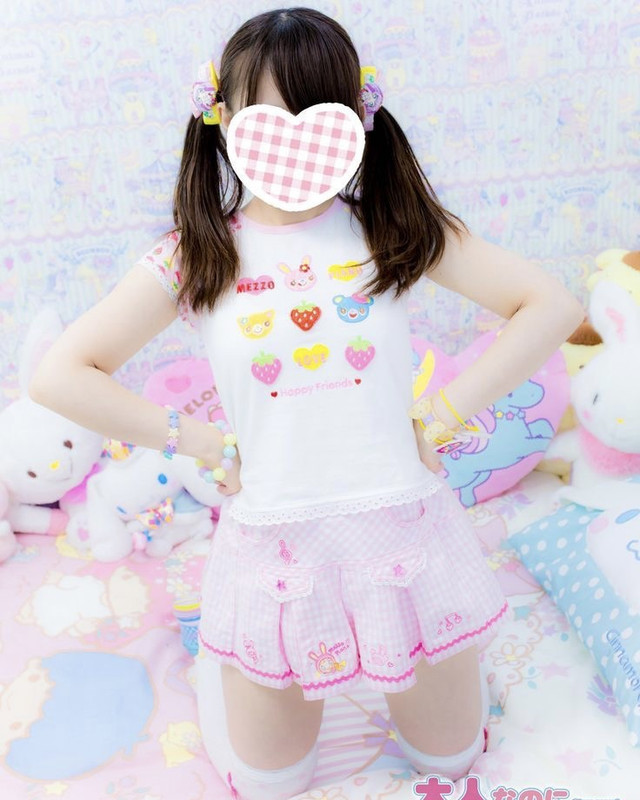
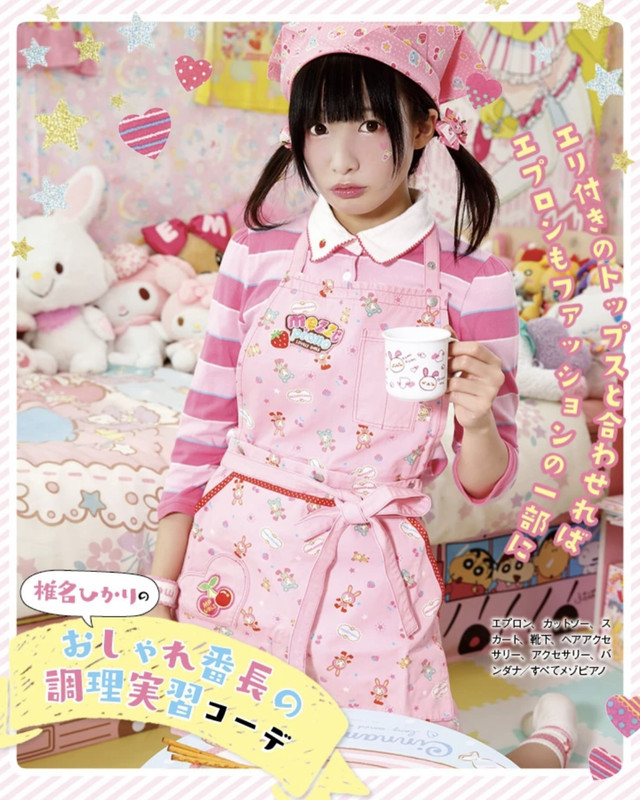
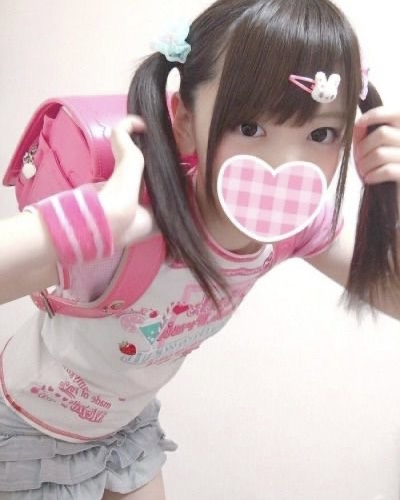
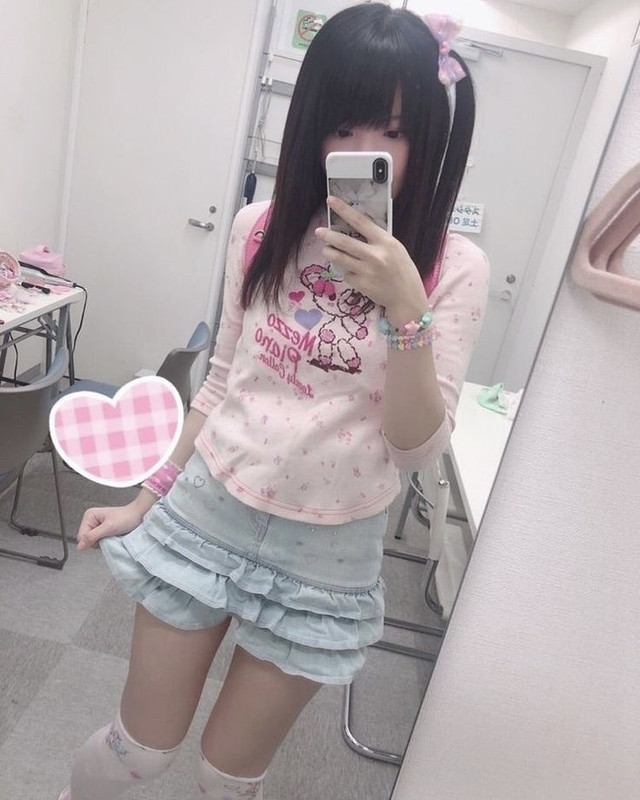
|
mori girl
"mori girl" translates to "forest girl". the style centres around natural themes, the forest, browns, cream colours, long skirts and cardigans. in 2006, a community called "mori girl" was created on the japanese social network mixi. the name was chosen by its admin after a friend commented on her outfit saying "you look like you are from the forest".
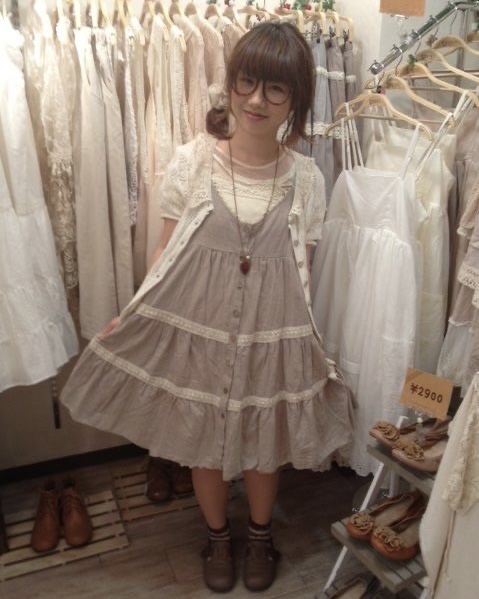

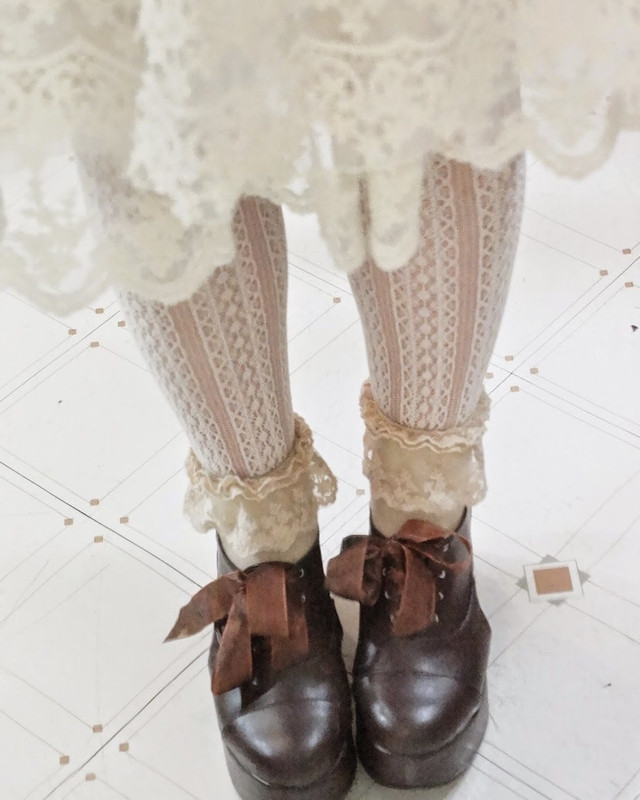
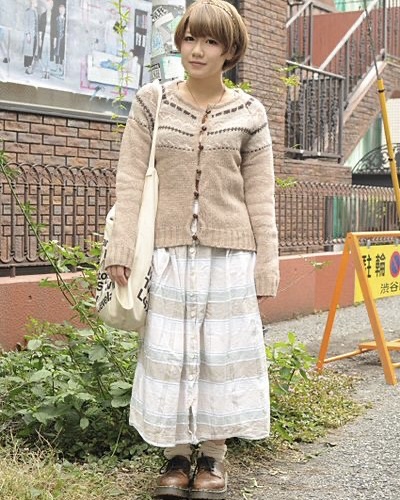
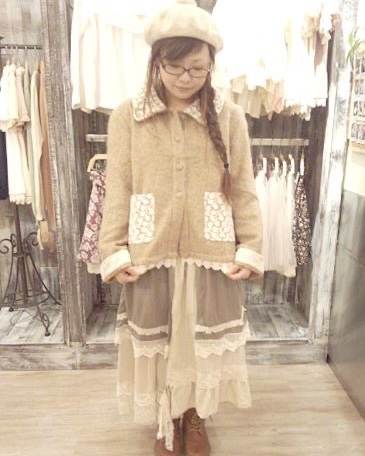
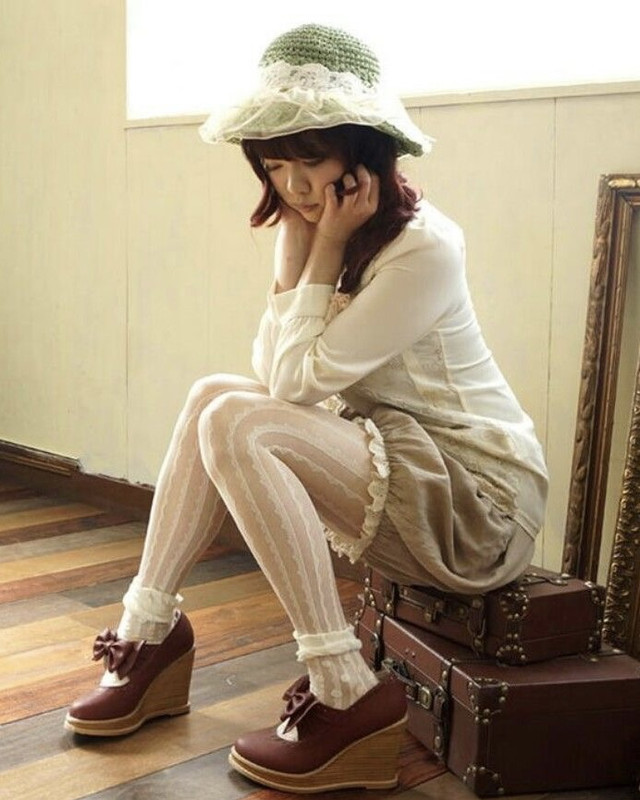
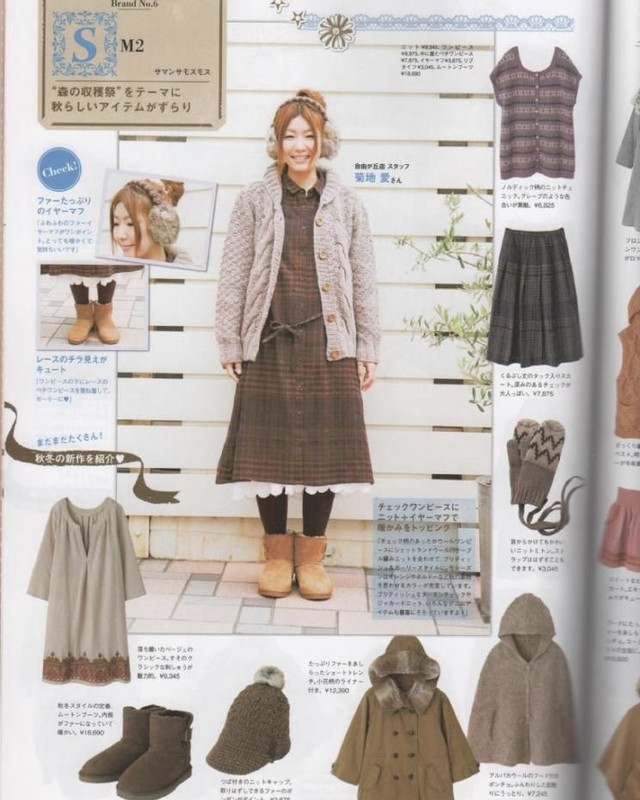
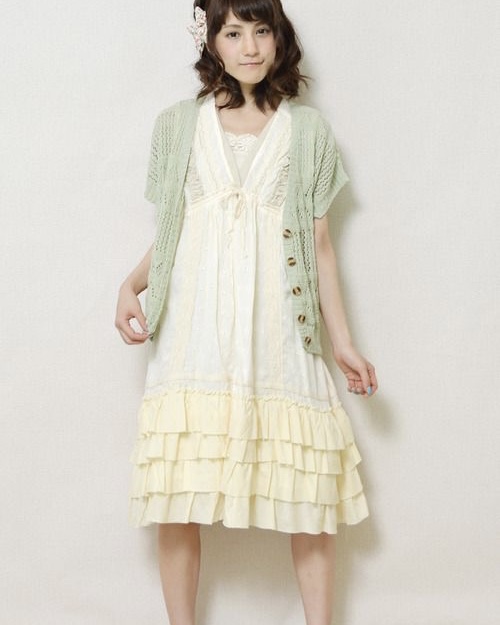
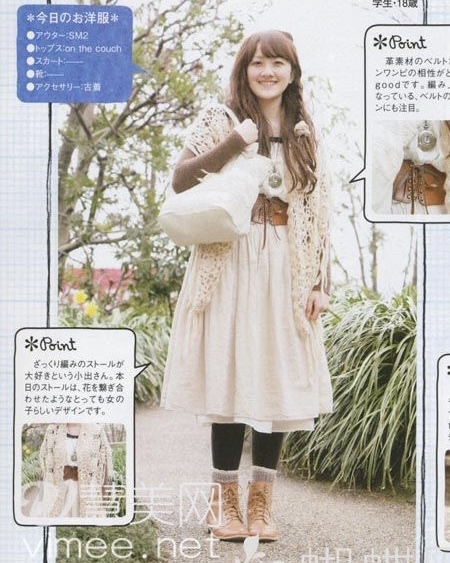
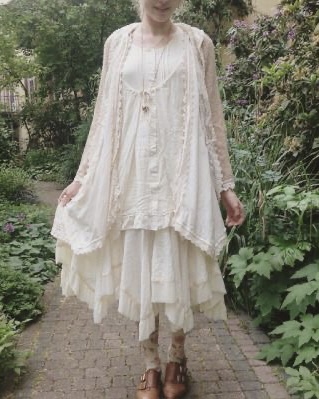
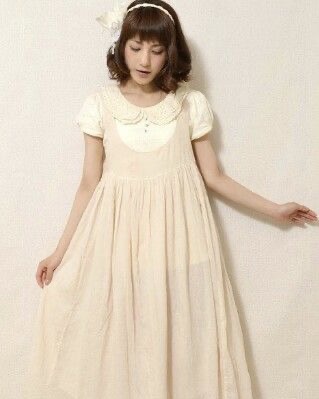
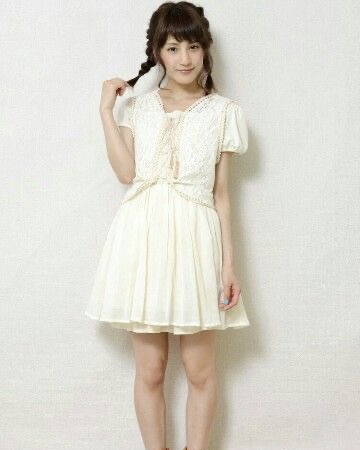
|
jirai kei
jirai kei originated in japan's kabukicho district. the word jirai is a japanese slang term used to describe something as "dangerous" or "triggering" as it is akin to stepping on a landmine. before the association with trends, jirai kei was mainly used in a derogatory manner to label a woman as mentally unstable to the degree of violent emotional breakdowns. the people who wear the style are stereotyped to engage in self harm, drug abuse, alcoholism, street partying, illegal sex work and other rebellious and shocking behaviours, making the style controversial. many criticize that jirai kei has contributed to real life consequences, such as teens and young adults being peer pressured into self-destructive behavior in order to get accepted within the subculture. some argue that jirai kei is solely a fashion trend, and that the stereotypes are just stereotypes. the fashion is girly yet dark with a focus on the color combination of black and muted pink, but occasionally also red or white. blouses, frilly skirts and platform shoes are common in this style.
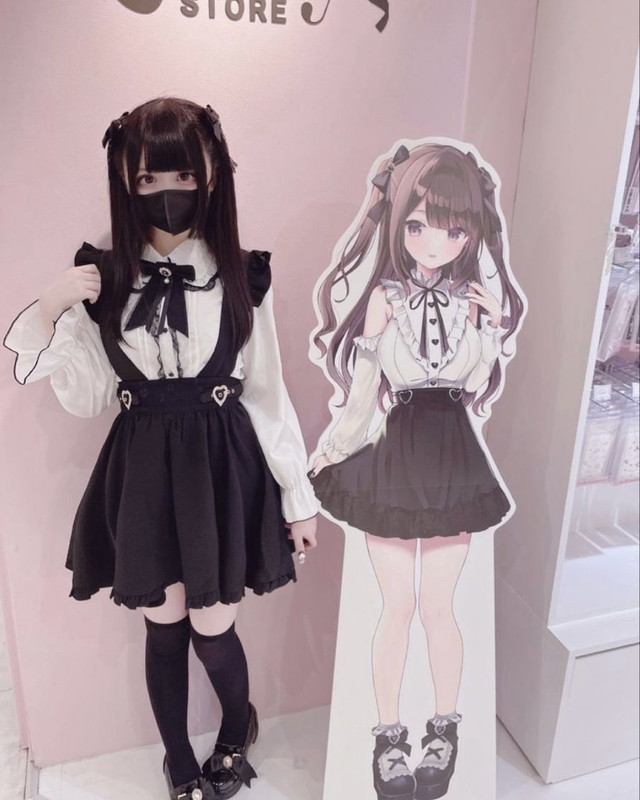
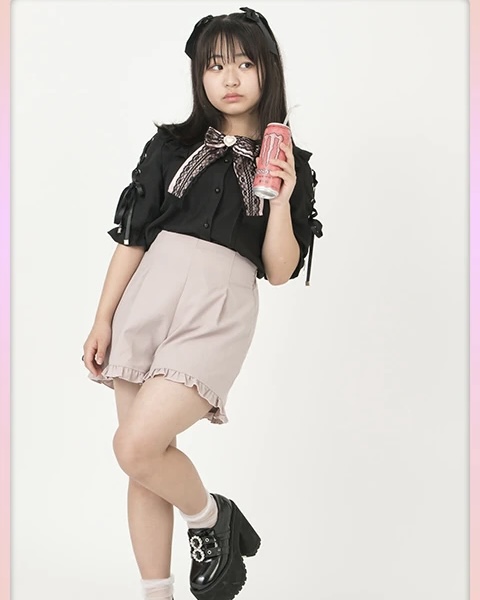
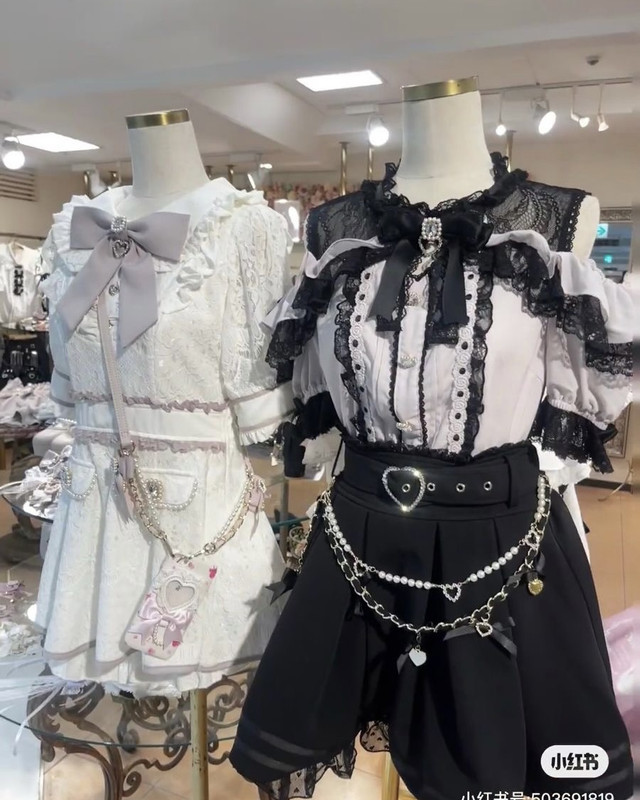
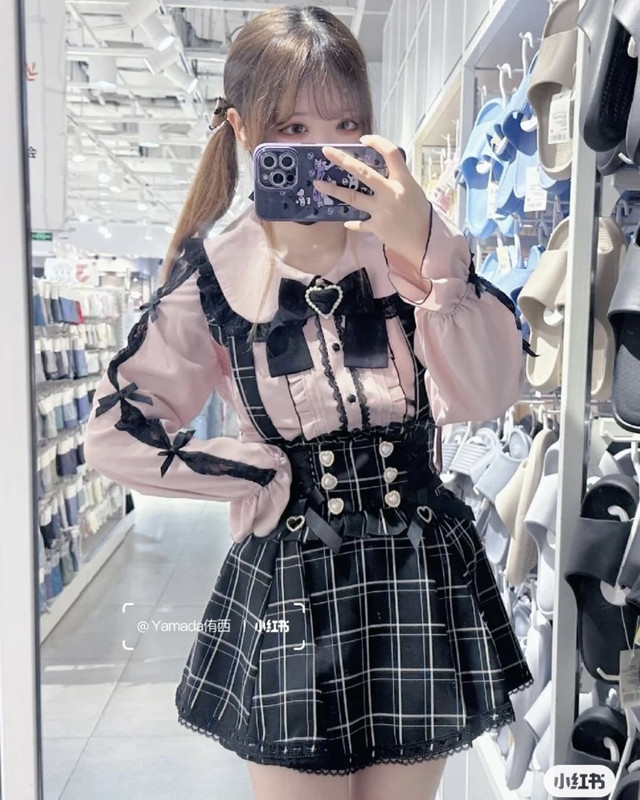
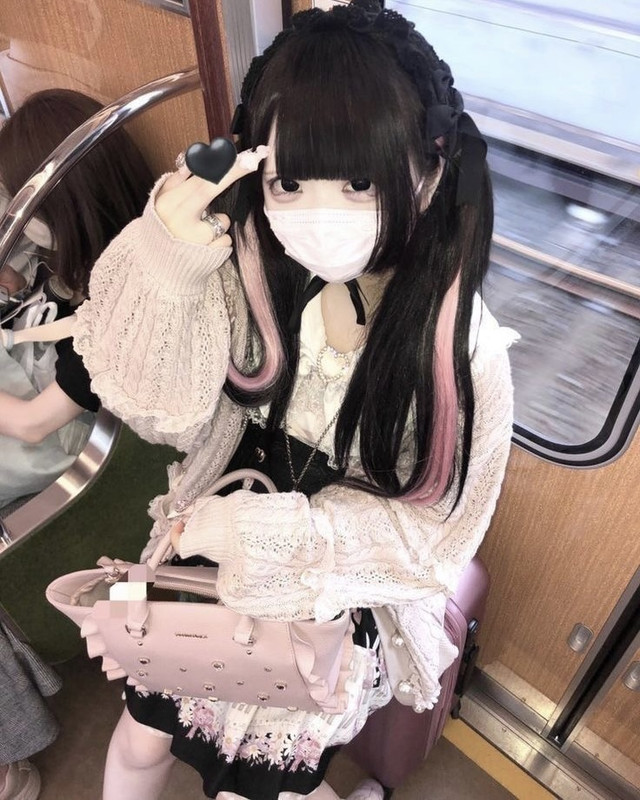
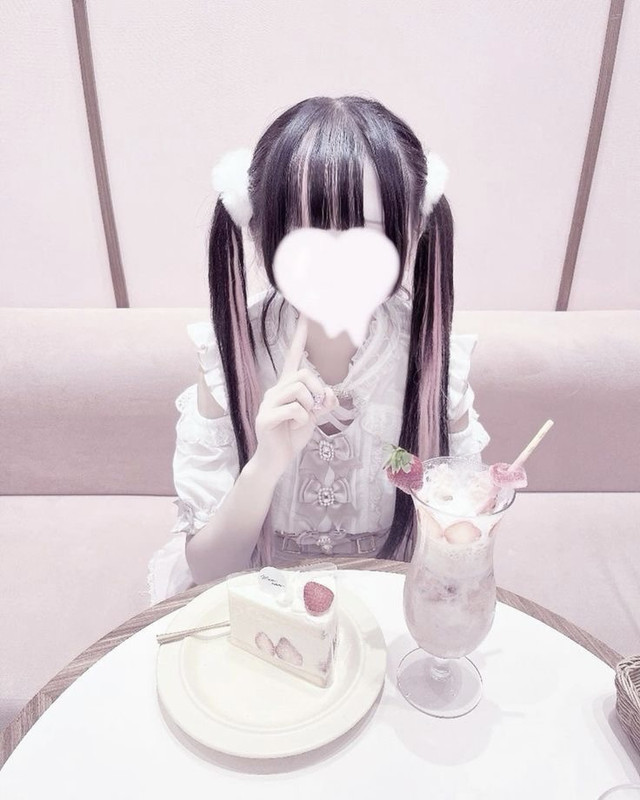
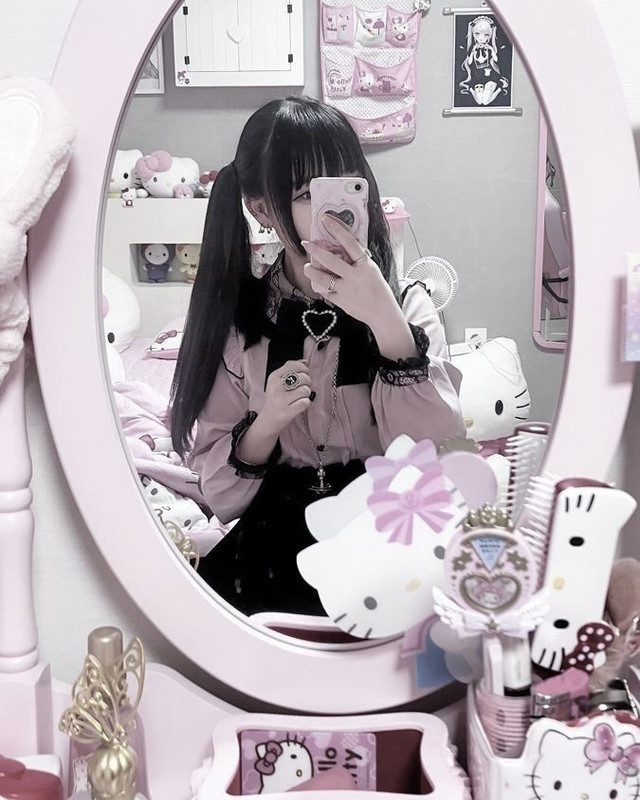
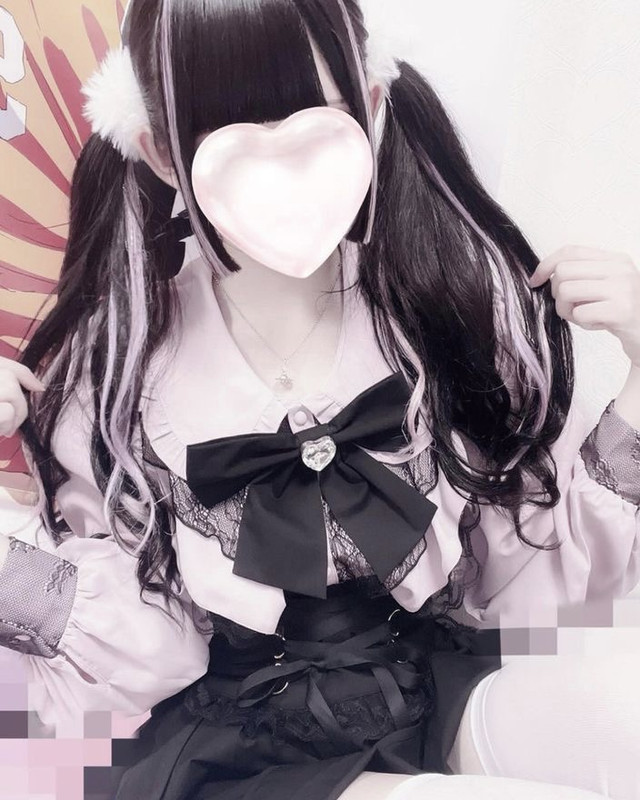
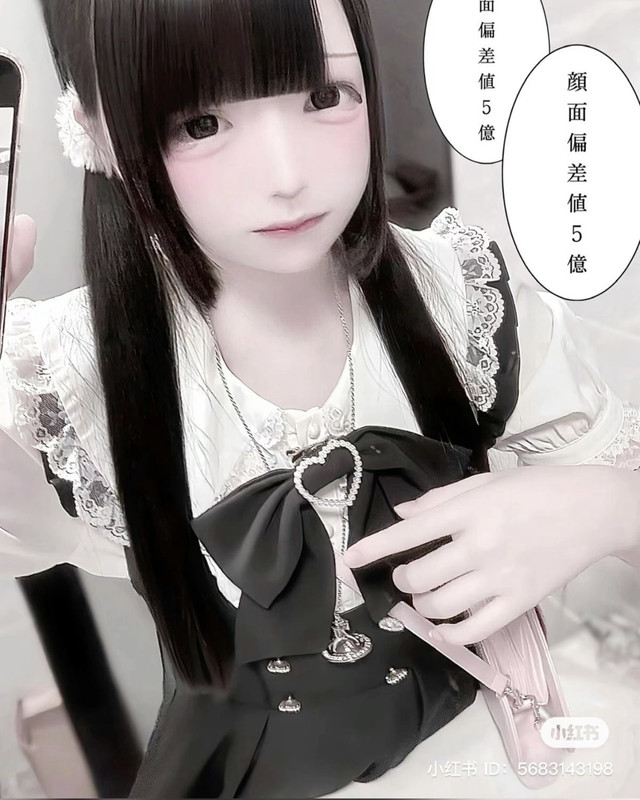
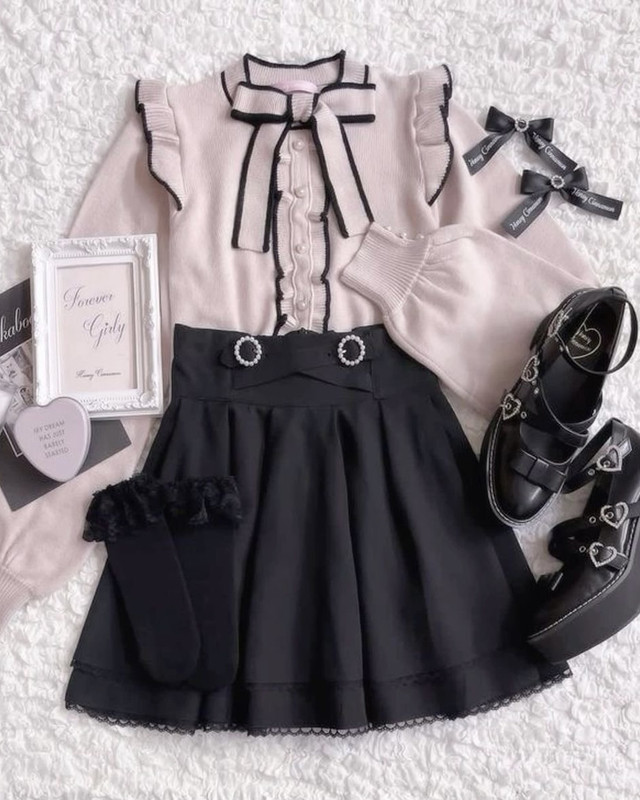
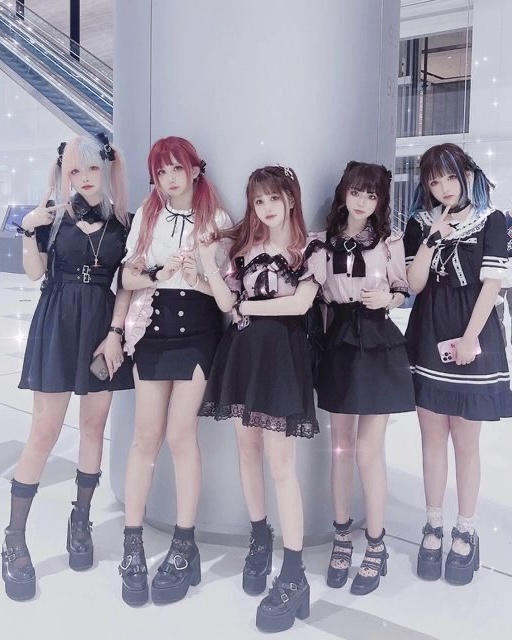
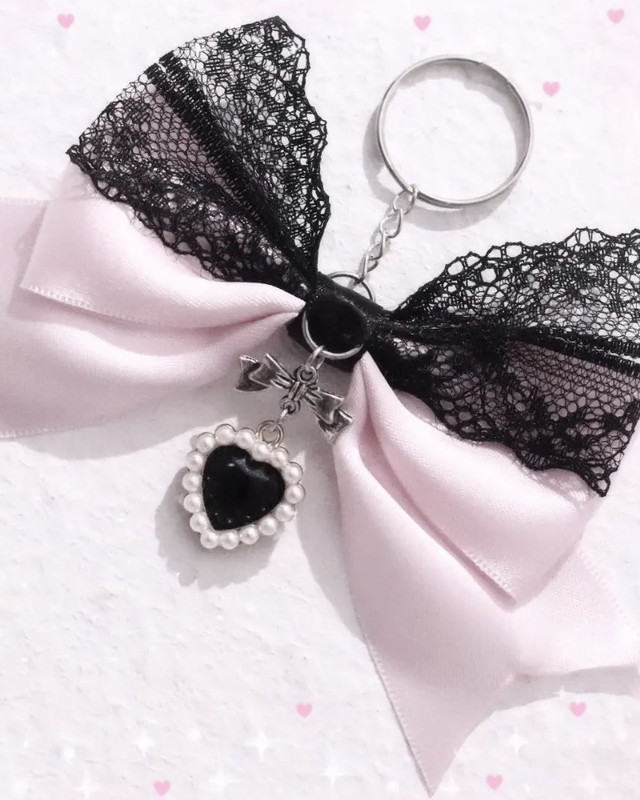
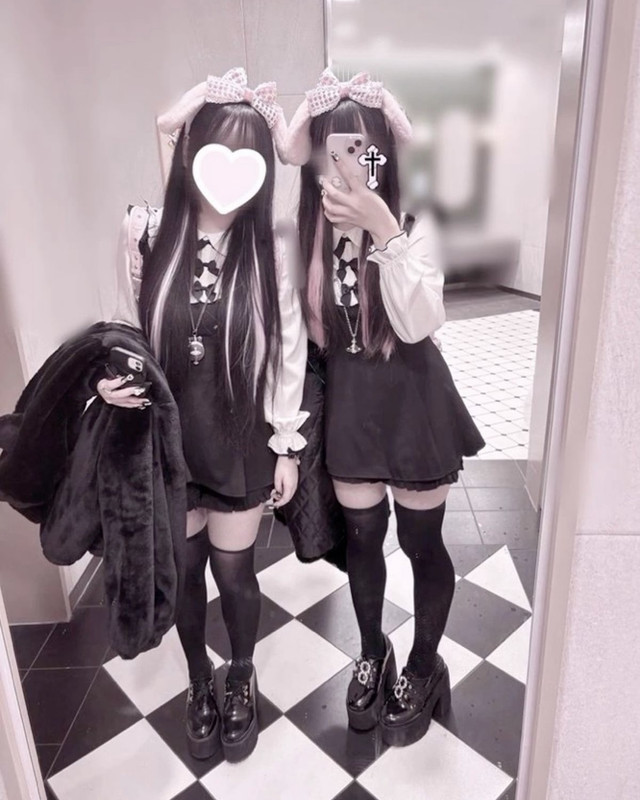
|
